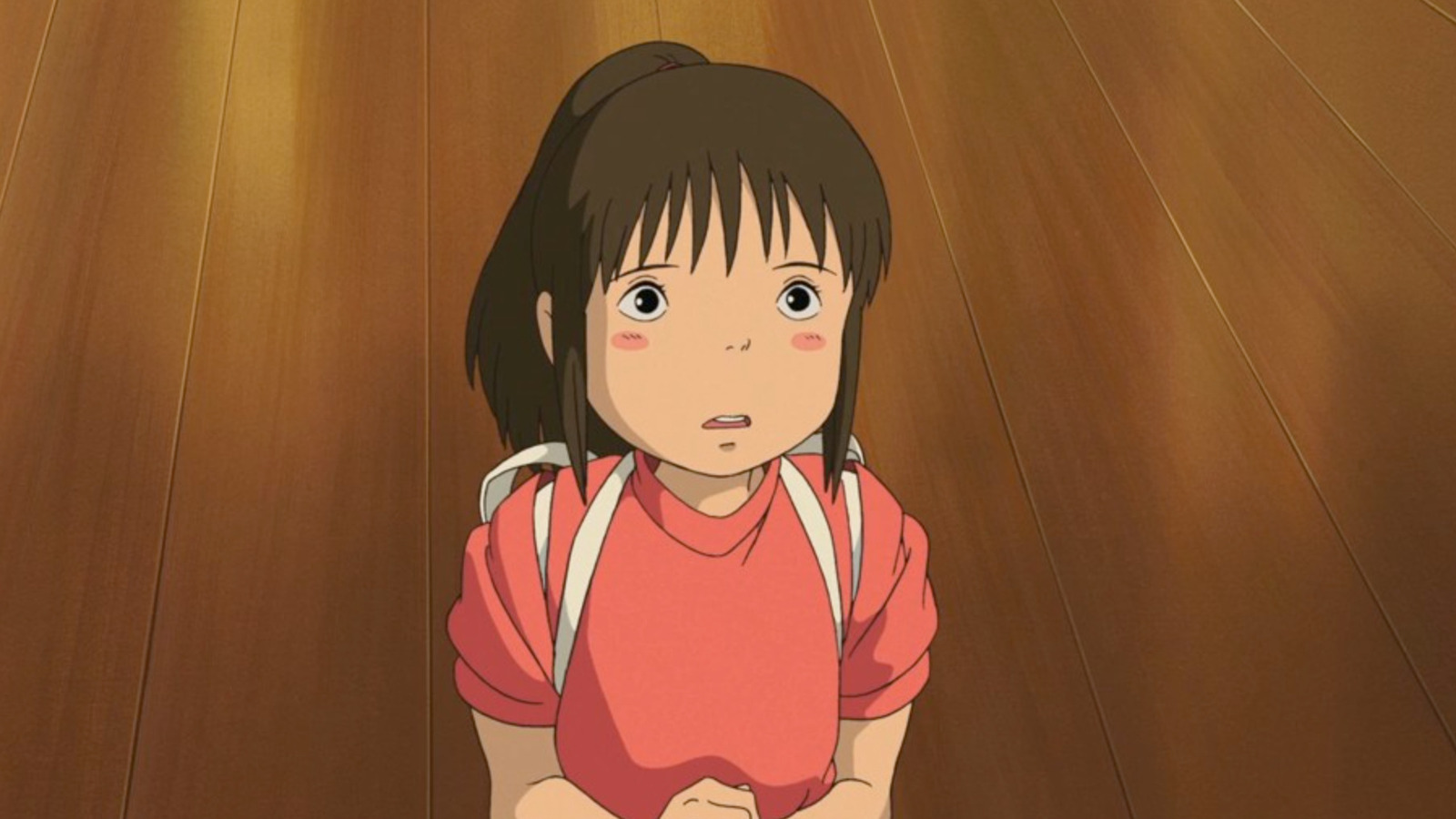
The films of Studio Ghibli are beloved by countless fans around the world. Led by Hayao Miyazaki and the late Isao Takahata, Ghibli has single-handedly changed the course of Japanese animation and introduced it to a much wider audience. Praised by critics for their stunning animation quality, strong characters, and strikingly imaginative storytelling, the films of Studio Ghibli are sometimes thought of as the Disney of Japan. But in some ways, Ghibli exceeds its Western counterpart in quality and consistency. Still, within Ghibli’s filmography, some films shine brighter than others in terms of quality, and some are hidden gems that are sadly underwatched and undervalued.
This list will attempt to rank the Studio Ghibli films by their artistry, depth, storytelling, and overall quality. Some level of subjectivity is inevitable – a fan might single out a film relatively low on this list as their personal favorite, and that is a completely valid viewpoint. This list is not meant to shut out opposing opinions, but to spark discussion. Every one of these films is a work of art in their own right, and has something of value to offer.
24. Earwig and the Witch (2020)
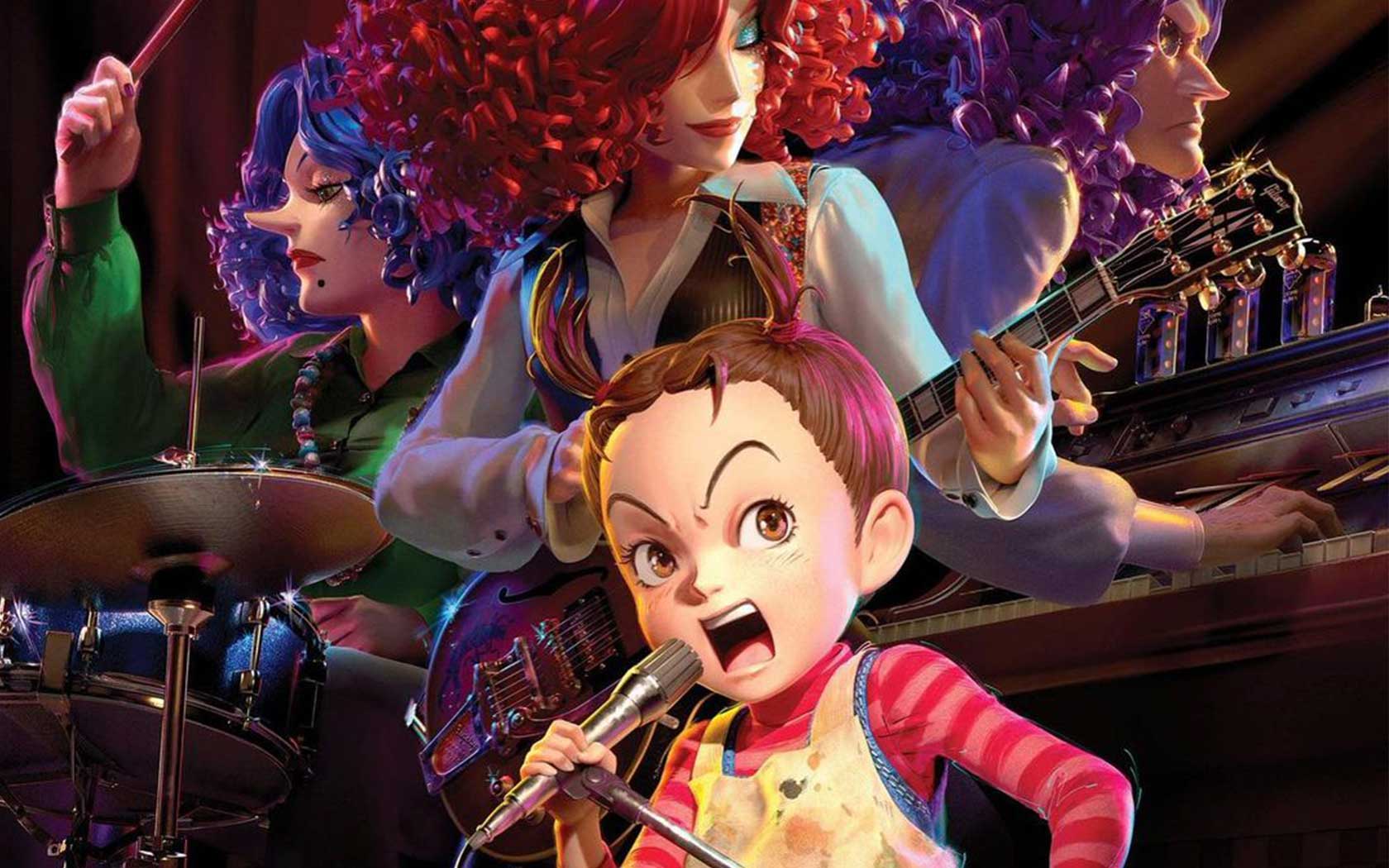
Unfortunately, Studio Ghibli’s latest film is also its least impressive. Based on the novel by Diana Wynne Jones, this was the first Ghibli movie to use computer-generated animation. This decision was not inherently bad, but the film’s animation has been widely criticized as outdated and stilted. Compared to Studio Ghibli’s luscious hand-drawn environments and characters, there is not much to write home about visually in Earwig.
The story is also lacking, moving at a sluggish pace and seeming never to leave its one enclosed, stifling locale. Most of it revolves around Earwig, an orphan girl, doing menial housework for her adoptive mother, Bella Yaga. Bella Yaga is indeed a witch, but she is neither pleasant to be around nor interesting as a character. Most flabbergasting is the ending – the film abruptly stops right as it starts to get interesting. The film was directed by Goro Miyazaki, Hayao’s son, whose works are unfortunately more inconsistent than those of his father. Hayao has a final film, How Do You Live?, in the works, and one can only hope that it will find more success and praise than Earwig and the Witch.
23. Ocean Waves (1993)
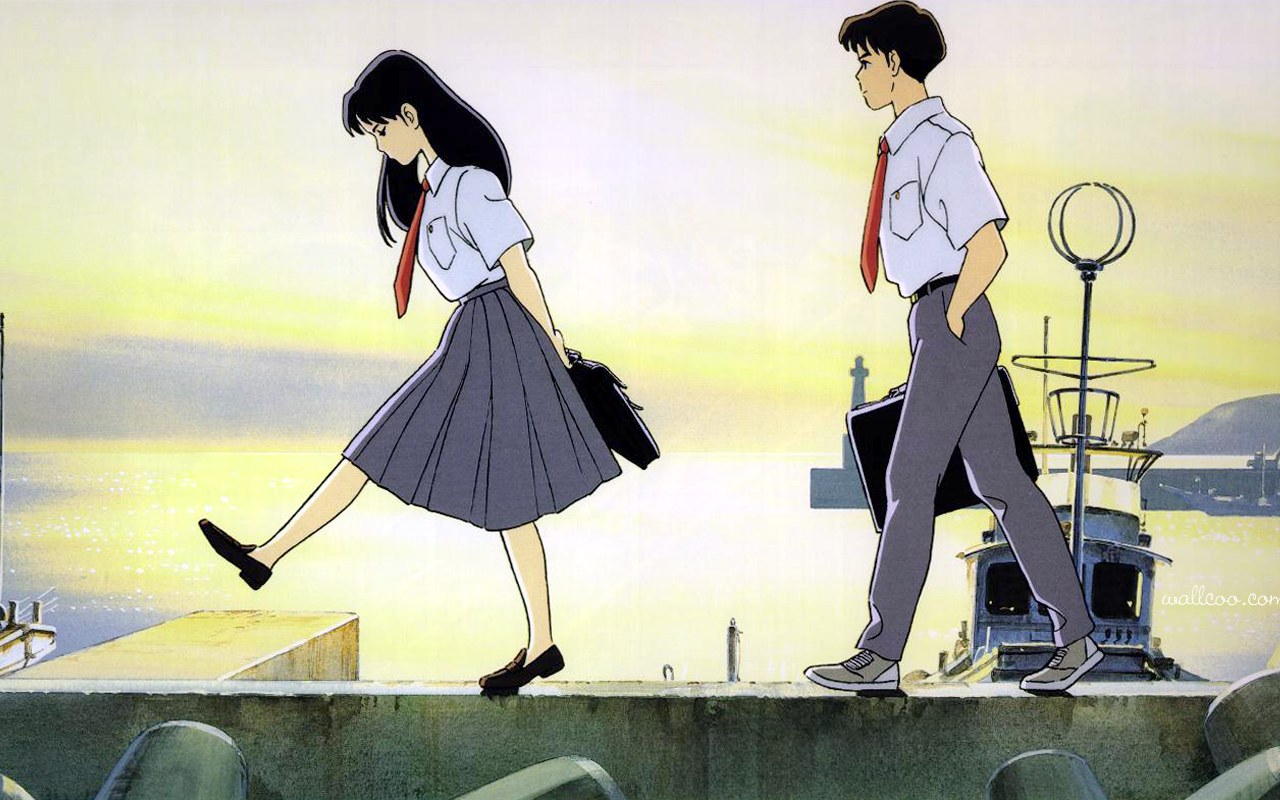
One of the least-known of Ghibli’s works, Ocean Waves was a made-for-TV film which apparently started as an attempt by Ghibli to allow its younger staff members to make a project more cheaply than a full feature. It ended up going over budget, but its relative cheapness still shows, as its style is something like a hybrid between that of Studio Ghibli and the rougher, choppier style of television anime of the time.
This could be easily forgiven if the story was compelling, but it is a fairly basic teenage love story, with two protagonists who are both distinctly unlikable. It is hard to root for the romance between Taku, who hires his friend to take creepy photos of his crush in a swimsuit, and Rikako, who manipulates Taku into lending her exorbitant amounts of money under false pretenses. The film never seems to address the unhealthiness of their connection, or justify their attraction on any level except the physical. Still, it was a valiant effort by the studio to give their younger artists creative control over the project, certainly worthy of praise despite it resulting in a mediocre film.
22. Tales from Earthsea (2006)
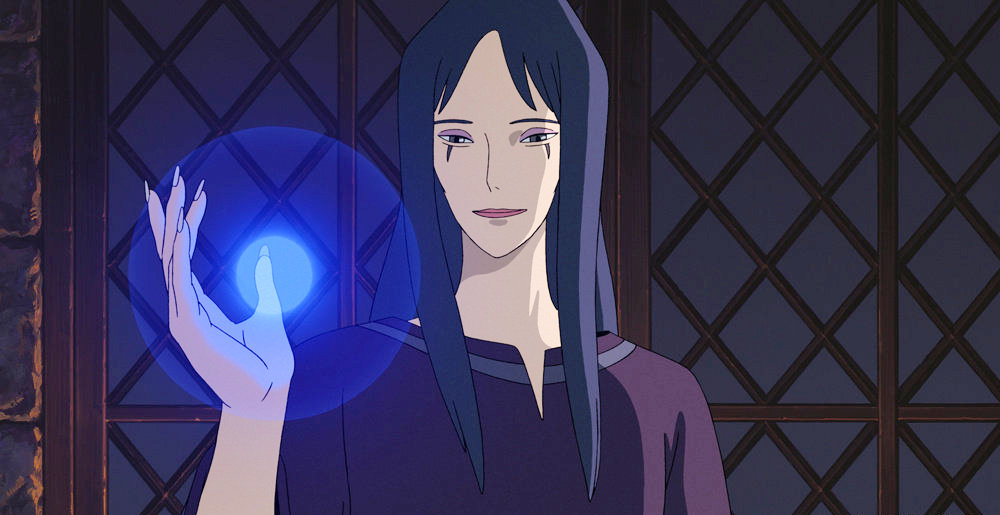
Based on the late Ursula K. Le Guin’s beloved Earthsea books, this was the first project of Goro Miyazaki. It combined elements from all of the first four books of the series and condensed them into one 115-minute feature. It is an ambitious film and not without some beautiful animation and imagery, but Tales from Earthsea was widely and deservedly criticized for being overly serious, dull, and muddled in tone.
The film opens with the protagonist, Arren, killing his own father. No explanation is given for this until past the halfway point, and even then the answer is annoyingly vague. This is just a sampling of how all this film’s characters feel like they exist solely for the service of the plot. There is none of the dynamism, humanity, and heart of Studio Ghibli’s better characters to be found in this film; these characters are all pawns to be moved around at the convenience of the plot. A plot which is underdeveloped and mired in all the cliches of the fantasy genre, and seems afraid to try anything truly original. This is especially a shame, since Le Guin’s series directly challenged the tropes of Western fantasy.
21. From Up on Poppy Hill (2011)
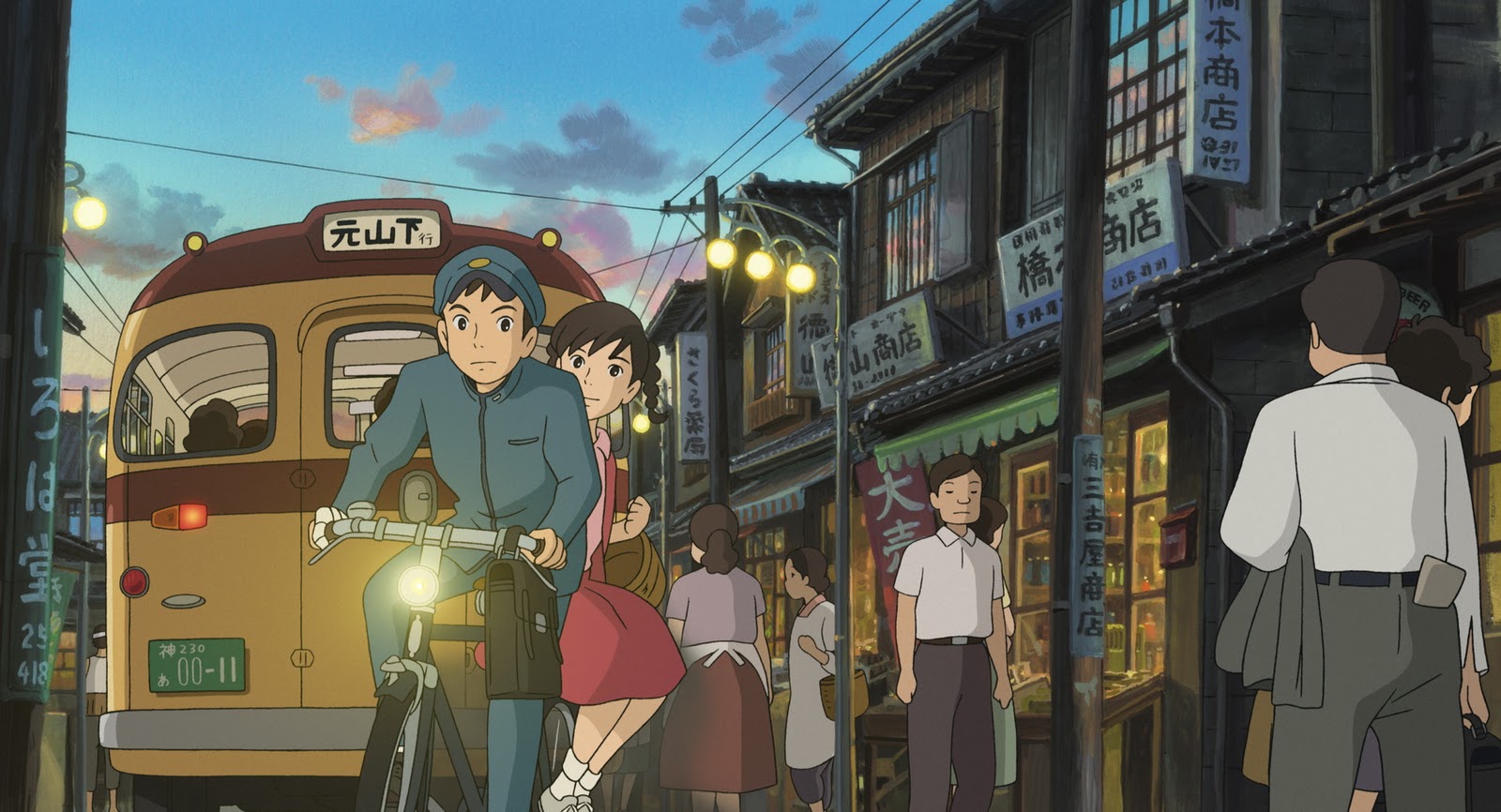
The best and most complete of Goro Miyazaki’s films, From Up on Poppy Hill is another teenage romance which may satisfy those who aren’t experienced with those sorts of films, because it faithfully and somberly follows so many clichés of the genre. Its biggest strength is the sense of nostalgia for its 1960s setting that permeates the film. Unlike some of the more bombastic Ghibli movies, From Up on Poppy Hill is content to keep a slow, leisurely pace as the plot unfolds.
But the plot does feel more melodramatic than realistic. The two romantic leads, of course, do not get along at first, but as their attraction grows, there is an odd twist in the story where the two discover that they might be brother and sister. This incest subplot is a tedious and overly-long bit in what is otherwise a serviceable slice-of-life story. The subplot about saving an old building from demolition also feels very clichéd, though it isn’t poorly executed. The film is best when showing the characters simply living their lives or engaging with the world. The voice acting in the American dub is fantastic, and might lead one to forgive the movie for its faults. It isn’t for everyone, but some viewers will enjoy the pacing, atmosphere, and animation.
20. When Marnie Was There (2014)
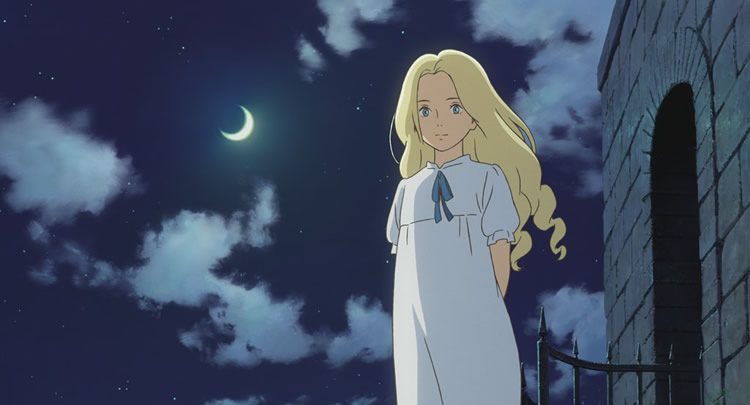
When Marnie Was There is a low-key, heartfelt little drama. Almost everything in it is done to satisfaction, but there is nothing especially strong or gripping about it. When it is over, the viewer may be left wondering what exactly the point of this film was, but it is simply a quiet meditation on nostalgia, childhood, and friendship. It follows a 12-year-old girl, Anna Sasaki, who is spending the summer in a new town with her relatives, where she meets a mysterious girl her age named Marnie who lives in an old mansion.
The film has nothing of the high-flying spectacle that Ghibli is known for. It takes a somber and sincere tone, which isn’t bad in the least, but one feels that the story almost betrays itself towards the end. Rather than focusing on the friendship between these girls, an unnecessary twist unfurls in the third act that feels like it was tacked-on to justify their connection. Not only does its presence feel frustratingly unnecessary and distracting, but it is poorly explained. Aside from this twist, When Marnie Was There is a touching portrayal of a young girl’s experiences and feelings. But one feels that it could have been so much better.
19. The Cat Returns (2002)
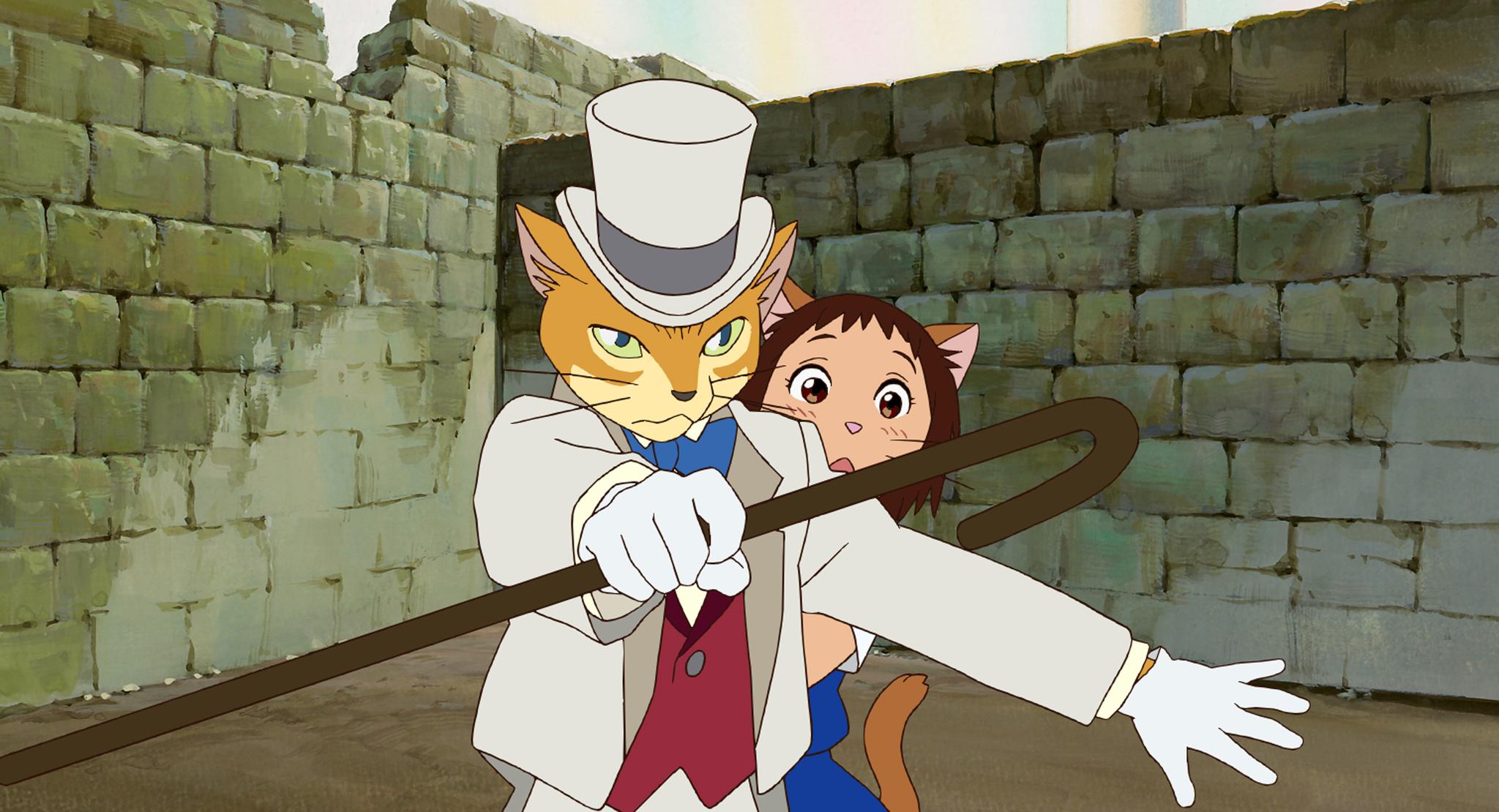
Based on a minor character from Whisper of the Heart, The Cat Returns isn’t too ambitious of a film. It isn’t going for much emotional depth or complexity. But it succeeds in creating a cute, low-stakes little adventure. Haru’s journey into a world of cats has something of Alice in Wonderland in it, though not quite as surreal.
The characters are all quite likable. And the humor is surprisingly strong, particularly in the bits involving the Cat King, played by Tim Curry. Perhaps no one except a cat lover would argue that this is one of Ghibli’s best. But the film is clever, whimsical, and just fun to watch.
18. Whisper of the Heart (1995)
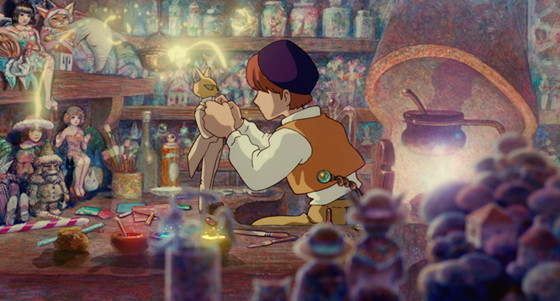
Another slower, slice-of-life romance story, Whisper of the Heart has its fans. Its greatest strength is its portrayal of Shizuku, the adolescent girl protagonist, growing up and discovering what she wants her place in the world to be, eventually deciding that she wants to be an author.
The romance itself is tolerable, but perhaps feels a little idealized. There are certainly parts that feel saccharine, even hokey, but they aren’t too common in this mostly down-to-earth film. It even captures a bit of that Ghibli magic and fantasy. The only major problem with the film is its ending, which, as with several other Ghibli films, is far too quick and abrupt. But that doesn’t ruin this charming portrayal of adolescence.
17. My Neighbors the Yamadas (1999)
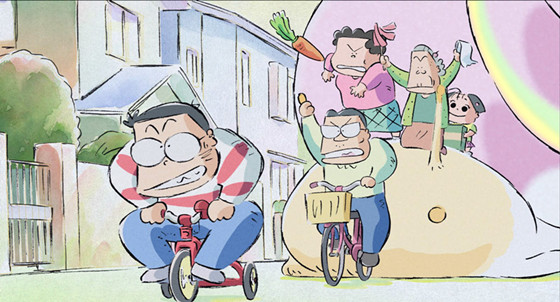
Seldom watched nowadays, My Neighbors the Yamadas stands out from the Studio Ghibli lineup for its unusual animation style, inspired by the yonkoma manga it was based on. Yonkoma is the rough equivalent of American newspaper comics or “funny pages”, and just as with these short-form comic strips, the film is a series of short vignettes surrounding the life and antics of the Yamada family. Some of the vignettes run under a minute, others are perhaps long enough to qualify as a short film. The family is slightly dysfunctional but lovable, and any viewer will see a reflection of their own family in these people’s antics.
The animation may take some adjusting, and it is mostly minimalist, but some surprisingly beautiful imagery is created with it towards the beginning and end of the film. It is an experiment that doesn’t work in all its component parts, but it makes for a hilarious and oddly touching film.
16. The Secret World of Arrietty (2010)
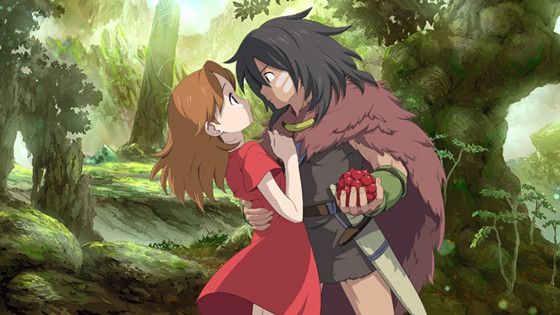
Based on the novel The Borrowers by Mary Norton, Arrietty feels at times like it values style over substance. But the style has resulted in some of the most gorgeous animation ever created by the studio: it follows a family of tiny people who live in the walls of a regular-sized household, and the way they portray this little world, where spoons, pins, hair clips, and threads are repurposed into tools of survival, is immensely satisfying to watch.
The subplot of the boy Shō and his heart condition is a bit less interesting than the adventures of Arrietty and the rest of the Borrowers. But none of it draws the viewer out of the world, and at the least it’s very pretty to look at. It’s a nice, subdued little film.
15. Howl’s Moving Castle (2004)
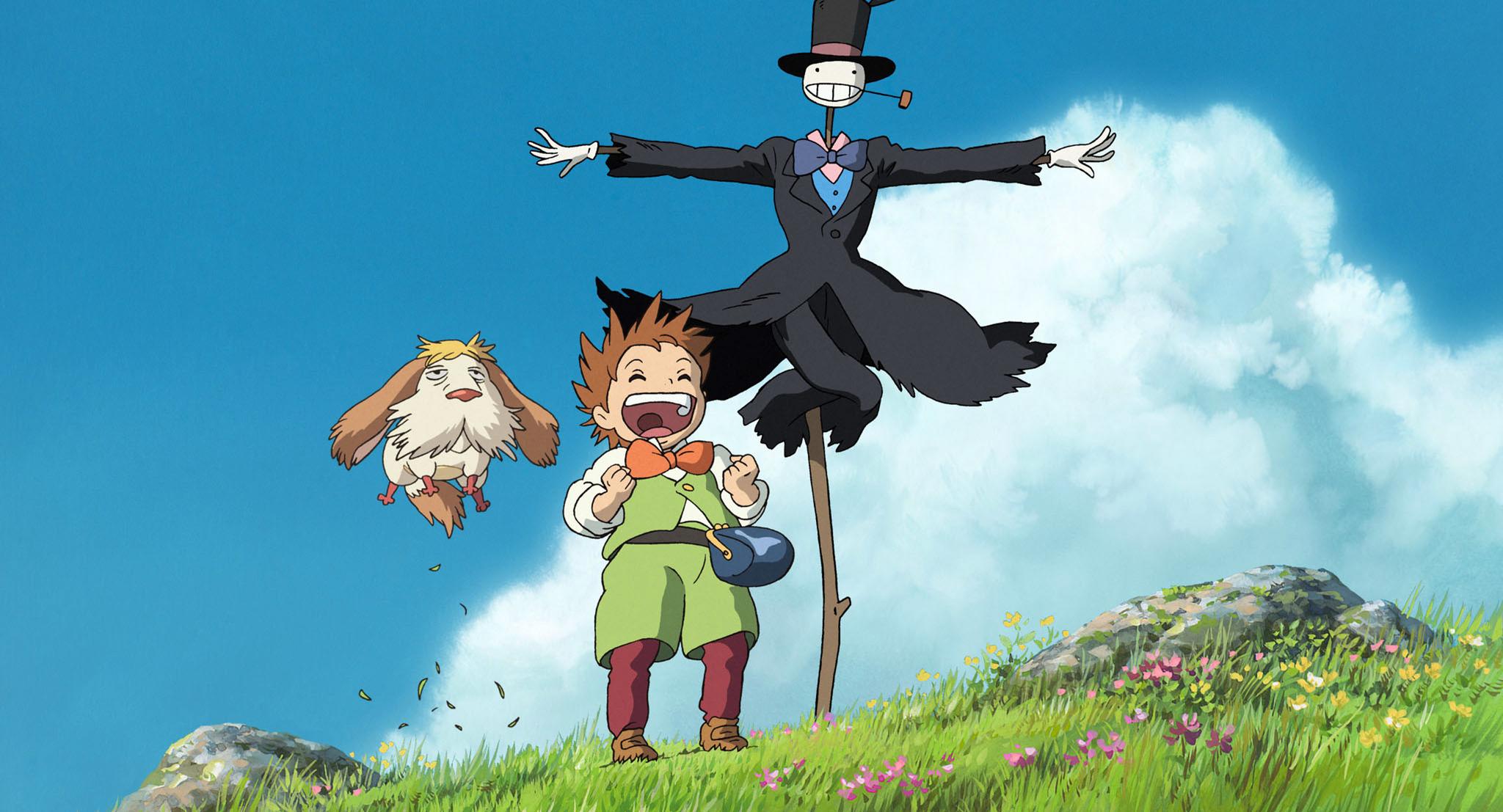
This film has plenty of fans who would choose it as among their personal favorites, but Howl’s Moving Castle, in retrospect, does not stand in the ranks of Studio Ghibli’s best. The film is certainly imaginative and visually stunning in parts. But it lacks the appealing simplicity of Miyazaki’s greatest works: the film tries to cram too much into its runtime, and the story is vague and confused. It is very difficult to figure out what this war raging in the background of the story is about, or what Howl’s role in this war is, or how the mysterious sorceress Suliman fits into it all. Yet these questions and more are all of great importance to the plot.
It is a plot that lacks any focus, and that is its greatest undoing. Its visuals are strong, yet there seems to be few ideas or meaning behind the spectacle. But the film isn’t beloved for its plot or ideas: it’s beloved for its characters, animation, originality, and general atmosphere. And on that level, at least, it is worthy of praise.
14. Only Yesterday (1991)
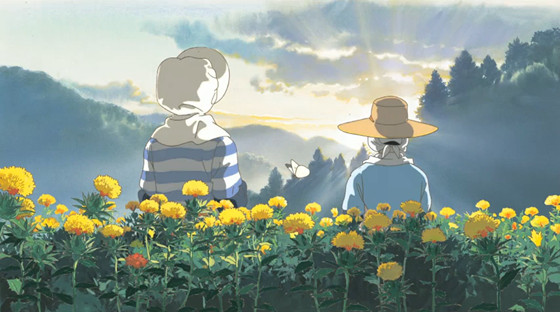
Many Studio Ghibli films are dedicated to exploring childhood and adolescence, but Only Yesterday is a moving portrayal of adulthood, particularly mid-to-late 20’s, and the reflection and soul-searching that this period of life brings. We follow Taeko Okajima, a 27-year-old woman who wants to get away from her life in the big city by taking a trip to the rural countryside. As she adjusts to country life, memories and nostalgia for her childhood are stirred as she tries to figure out her identity in the present.
The technique of cutting between memories and the present has been used in plenty of films, but rarely in animation, and it works wonders in Only Yesterday. Taeko’s journey of self-discovery is touching to watch, and may appeal more to older viewers. Its portrayals of childhood romance and puberty are disarmingly frank; periods are casually referenced, 30 years before Turning Red tackled the same topic in an animated family film. It is a reflective, lovely piece of art.
13. Porco Rosso (1992)
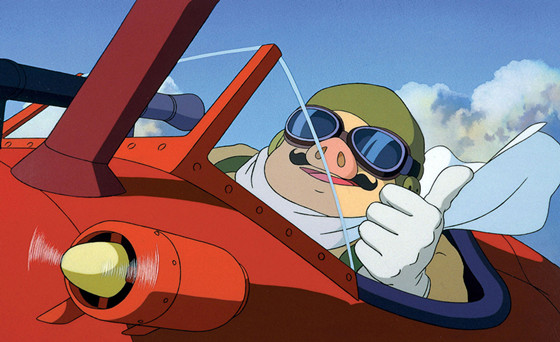
This film is somewhat unfairly neglected in the Studio Ghibli canon, perhaps because of its odd premise: a man with the head of a pig who flies an airplane. But Porco Rosso is a fine film that hits all the classic Ghibli beats – lovable characters, beautiful animation, lots of flying scenes, lots of tinkering with machines, and plenty of humor and heart.
It is set in 1929 Italy, in an alternate version of history where pirates roam the Mediterranean in sea-planes on the hunt for treasure and hostages, and bounty hunters, like our protagonist Porco, hunt those pirates in turn. There is a subplot about the Italian Fascist government taking power and forcing Porco out of business, but the film keeps these politics firmly in the background, keeping the focus on the sense of fun and action. There are plenty of loving homages to the pop culture of the time and to classical Hollywood. Porco himself is a rugged leading man in the style of Humphrey Bogart or John Wayne. It can’t be said that the film resolves all the loose ends of its plot, but it succeeds in creating a high-flying, swashbuckling adventure.